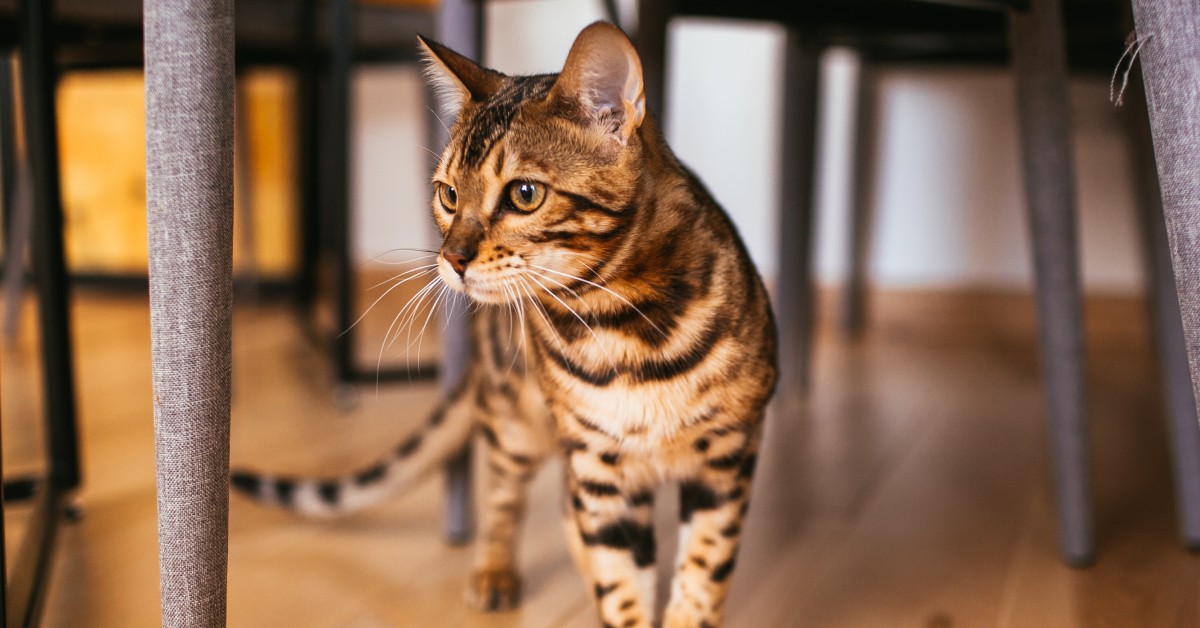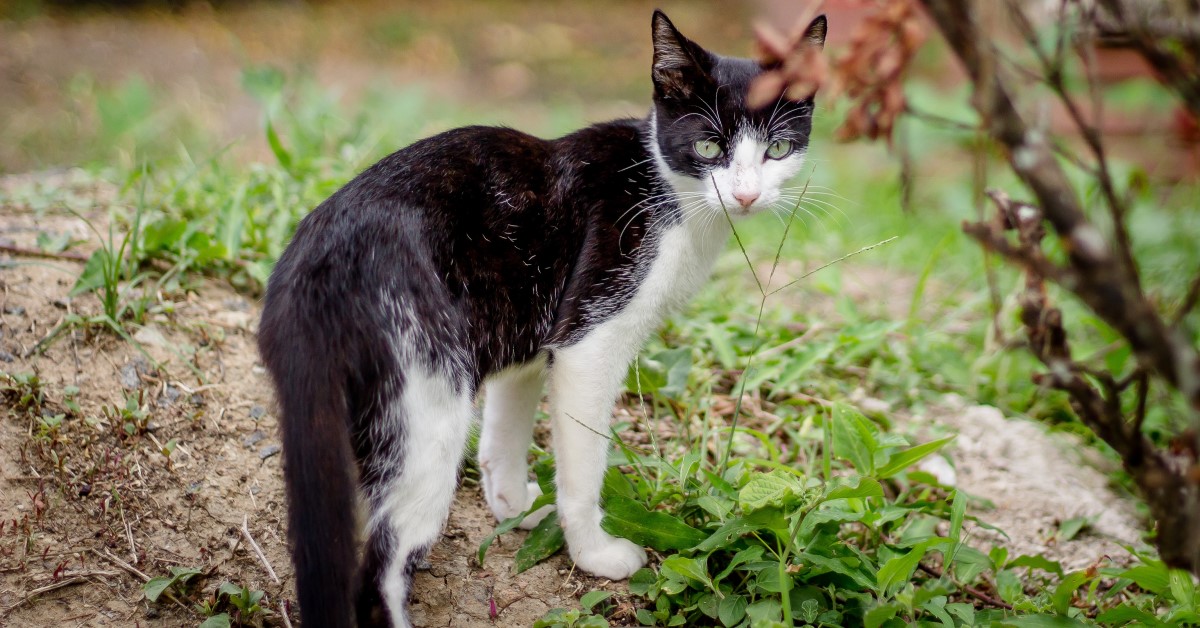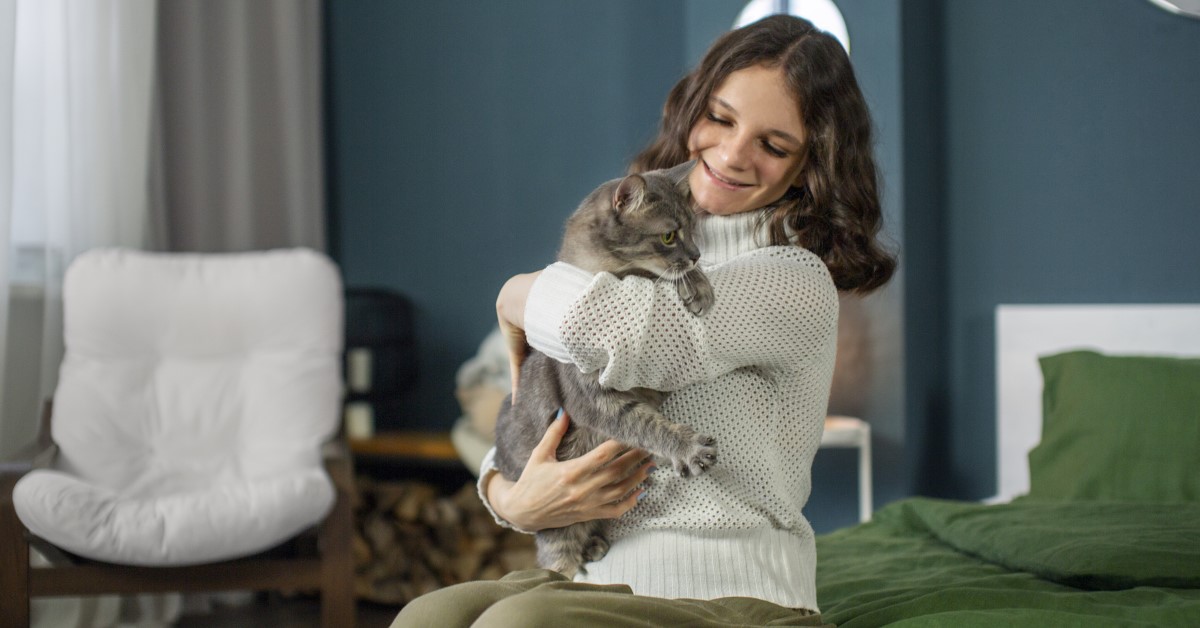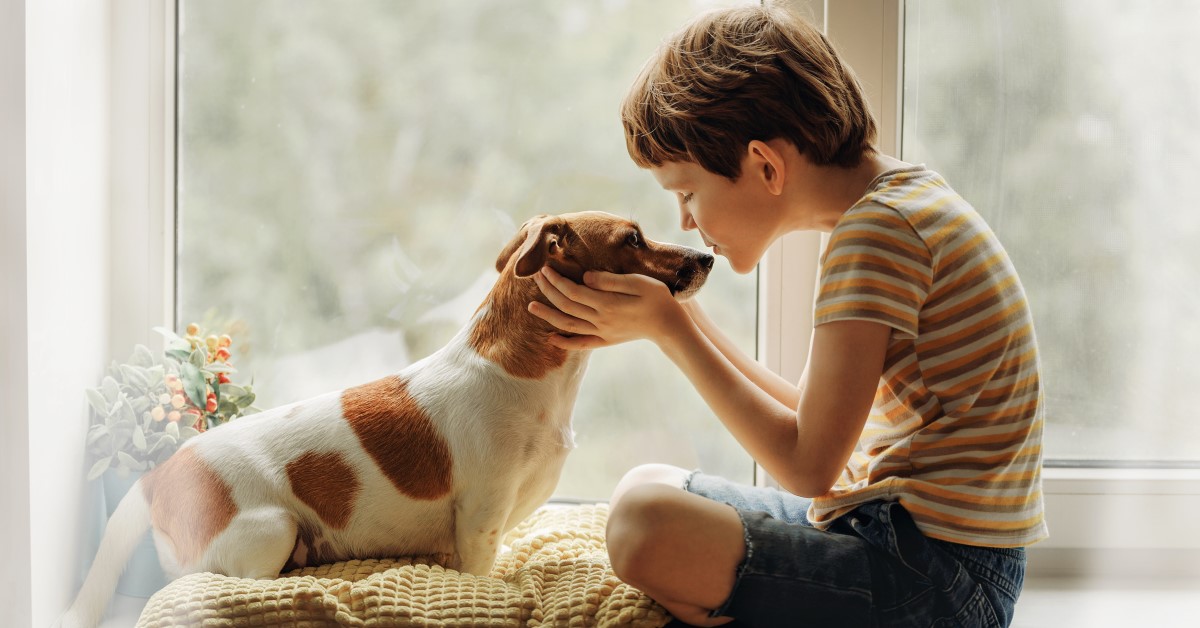Bengal Cats: Beautiful & Intelligent Hunters
One-sentence summary: The Bengal Cat can bring a touch of energy, affection, and wildness to your everyday life.

Are you one of those cat lovers who keeps gorgeous pictures of cheetahs, panthers, and leopards on your wall or computer? There's no denying the beauty and grace of these wild creatures -- and if your local area permits it, you can grace your home with a touch of the wild life by adopting a Bengal Cat. This amazing animal, a cross between a domestic cat and an Asian Leopard Cat, possesses boundless energy, a vocal personality, and considerable intelligence. Let's examine this breed up close, from its special qualities to its challenges for pet owners.
A Fascinating Breed's Fascinating History
The Bengal Cat counts as a relatively recent addition to the feline world. In 1889, Harrison Weir first documented the cross-breeding of a domestic cat with an Asian Leopard Cat. Additional cross-breeding efforts continued through the early part of the 20th Century, but it wasn't until 1969 that the breed assumed its current form. From the 1970s onward, the Bengal Cat has grown increasingly common and popular as a pet, finally entering the Cat Fancier's Association register in 2016.
This combination of wild and domestic genetic factors means that the closer to the initial breeding mix your Bengal Cat is, the more leopard-like it will be. Since domestic cats are much easier to deal with, you should choose one of a later generation as opposed to an earlier generation so that the domestic traits will dominate.
Bear in mind that Bengal Cats are not legal in all U.S. states. Some states ban them outright, while others may permit them only in non-urban areas. Make sure to consult your local laws on the subject before making the leap.
A Unique Appearance
You can't mistake the Bengal Cat's lineage at first glance. This breed displays a short, pelt-like coat that gives off its own special sheen in the sunlight. Most Bengal Cats are brown, but you can also find them in colors such as blue, cream, white, silver or black. The coat typically features a variety of spots, stripes, arrowhead shapes, and other attractive patterns. Early-generation Bengal Cats can be quite large, but later generations tend to be eight to ten inches long and weigh ten to 15 pounds in adulthood.
A Larger-Than-Life Personality
A typical Bengal Cat loves to run, play, hunt, and explore. They can be a whirlwind of activity and can easily get into places and situations that they shouldn't. To keep your cat active and happy indoors, purchase an exercise wheel so it can run to its heart's content. Prey-like toys that it can chase around the house will also keep it happy for hours.
Bengal Cats love their humans and will often demand attention and affection from owners. They can express themselves quite loudly, too! As you train your Bengal Cat (see below), you can teach it to meow more quietly. Simply reward those quieter noises with treats, and over time your cat will get the idea.
Bengal Cat Grooming and Training
If you prefer a cat that doesn't send everyone in the house into sneezing fits, the Bengal Cat may prove an ideal four-legged family member. While no cat's dander can be totally hypoallergenic, the short coat and limited shedding of the Bengal Cat makes it a minimal offender in this department. Its stunning coat requires no more than a weekly brushing. However, you should also take care to brush your cat's teeth and trim its toenails regularly, just as you would for any other feline.
Because Bengal Cats are so intelligent, active and owner-fixated, you may find your new friend highly trainable. In fact, you should put leash training at the top of your to-do list. Bengal Cats need to burn off excess energy, but they can also run off and get into trouble unless you control their outdoor adventures. You'll also want to spend plenty of time socializing them, introducing them gradually to humans and other pets so they'll learn how to play nice.
The composition of your household may also affect how easily your Bengal Cat gets along with others. These cats have retained a significant hunting instinct, so they do much better around larger animals that don't resemble potential prey.
Bengal Cat Health Concerns
Healthy, properly cared-for Bengal Cats can easily live to the age of 16. Apart from their unusually active lifestyle, they don't have any special dietary and nutritional needs apart from high-quality cat food. However, while this breed stands up pretty well against others in terms of overall wellness, it can fall prey to certain medical challenges just as other cats can. Watch out for the following Bengal Cat health concerns.
- Pyruvate kinase deficiency, which can cause anemia.
- Digestive problems such as irritable bowel disease.
- Progressive retinal atrophy, a genetic eye condition that causes blindness.
- Lymphoma, a form of cancer that attacks the lymphatic system.
- Patellar luxation, which causes the kneecap to slip out alignment.
- Hypertrophic cardiomyopathy, or abnormally thick heart muscle.
Introduce Your Vet to Your Bengal Cat
Whether you have concerns over your Bengal Cat's health or you simply want to keep your pet as well as possible, you and your trusted veterinarian should get acquainted. Schedule a wellness exam in which you can check your cat's health, ask for home care advice, and take care of those all-important vaccinations and other preventative measures!
Ready to start saving money on pet wellness care?
Then take a look at Mint Wellness, the pet wellness plan that provides fast reimbursement on routine pet care. Save on vaccinations, wellness exams, preventatives, dental, and more!
Learn More


